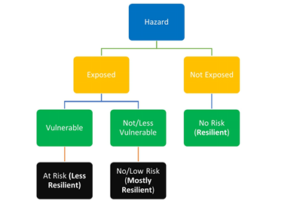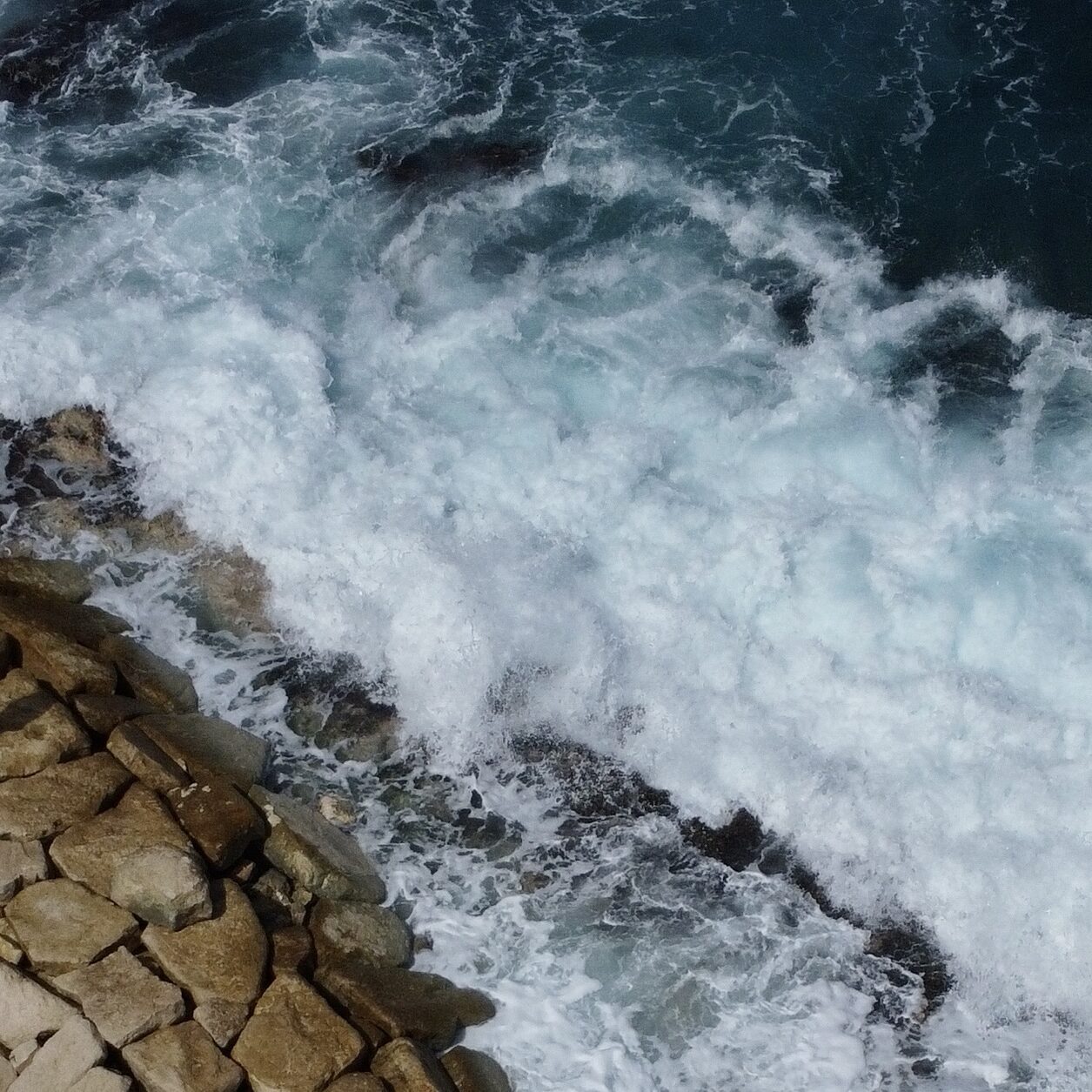 In her job as senior technical officer for adaptation with the Climate Change Division (CCD) of Jamaica’s Ministry of Economic Growth and Job Creation, Le-Anne Roper lives with the realities of a world that is changing rapidly. As she set out to advise her church on how to manage the challenges of natural hazards, she found the two worlds intersecting. “Being a part of the Church for so long and being in the field of climate change and environmental management, I realised that the two worlds were not mutually exclusive.” In fact, she found a direct connection between Biblical principles and building resilience. And thus her first book, “Building Rock-Solid Resilience to Natural Hazards: The Church Edition” was born.
In her job as senior technical officer for adaptation with the Climate Change Division (CCD) of Jamaica’s Ministry of Economic Growth and Job Creation, Le-Anne Roper lives with the realities of a world that is changing rapidly. As she set out to advise her church on how to manage the challenges of natural hazards, she found the two worlds intersecting. “Being a part of the Church for so long and being in the field of climate change and environmental management, I realised that the two worlds were not mutually exclusive.” In fact, she found a direct connection between Biblical principles and building resilience. And thus her first book, “Building Rock-Solid Resilience to Natural Hazards: The Church Edition” was born.
The Rain and Winds Will Come
“When we talk about the droughts, floods, and storms that really have mushroomed in the past years, and in the midst of the pandemic, we’re seeing that we have to do something. If we don’t remain optimistic and hopeful, we have a steeper climb,” Le-Anne explains. With a slight laugh, she admits, “The future looks a little bleak, so there’s a whole lot more that we need to do.” Then she asks, “How then do we preemptively respond, knowing that the needs that are going to be manifesting are going to be greater? That’s really my calling… I hope the way I put forward the information will be a way that others can feel optimistic.”
The cornerstone of “Building Rock-Solid Resilience” is the analysis from Le-Anne’s work in climate change adaptation. Fundamentally, the book is about partnerships, support, and outreach. “I saw that what the Church does is really to help people. When we talk about climate change, it’s to help people and…this was a very good way to bring these two groups together to get them to see that it is part of what we’re trying to do in the climate space, risk reduction space, and environmental management space.”

Hazard and Vulnerability Chart
Source: “Building Rock-Solid Resilience to Natural Hazards: The Church Edition”, by Le-Anne Roper.
Processes, People, Physical Property… and Preparation
One of the earliest accounts in Scripture, Le-Anne writes, is the story of Noah and the Ark. Noah prepared for the unknown. He cared for the animals. He used strategy. In writing about the value of partnerships, whether within the Church or within other communities, Le-Anne extols the value of networks and of using available external resources. “There’s the recognition that it can’t just be one entity or one person. We all have different partners coming together, pulling on different expertise.”
Of course, there is the issue of financial resources, and Le-Anne recalls the saying, “It takes cash to care.” Yet, she adds, “Often, there are churches where all they’re able to do is provide information because the cash flow may not be ideal to do the big things that are needed to help the community.” Information and outreach are crucial parts of disaster risk reduction in helping leaders and community members make informed choices. But still, Le-Anne says, “I hope that for those that are able to provide the resources and the kinds of outreach that we know are going to be needed, that they’ll be inspired to contribute to that cause.”
 Le-Anne writes about stewardship of the environment and of taking care of others. Those with outstretched arms can provide for those in need and help them make informed decisions to reduce risk. Tradition must help and not hinder, Le-Anne writes in Chapter 2. “Be open therefore to making whatever change is necessary and be willing to explain to all who ask…”
Le-Anne writes about stewardship of the environment and of taking care of others. Those with outstretched arms can provide for those in need and help them make informed decisions to reduce risk. Tradition must help and not hinder, Le-Anne writes in Chapter 2. “Be open therefore to making whatever change is necessary and be willing to explain to all who ask…”
“Many have long held the view that science and God are as far as the east is from the west. But this is fallacy,” she writes. Being open to science “is in no way suggesting that God does not remain sovereign. Instead, it {science] should be seen as a tool for planning the types of action that can reduce the number of people in harm’s way.” In our interview, Le-Anne said firmly, “It’s a message that science isn’t necessarily anti-Christian or against what the Church is trying to say in its mission and its message…I tried not to be prescriptive, and I think because every church and every person has a choice and decision to make, what I tried to do is to make the case that we can do more given what we know is happening and what’s likely to happen in the future.”


